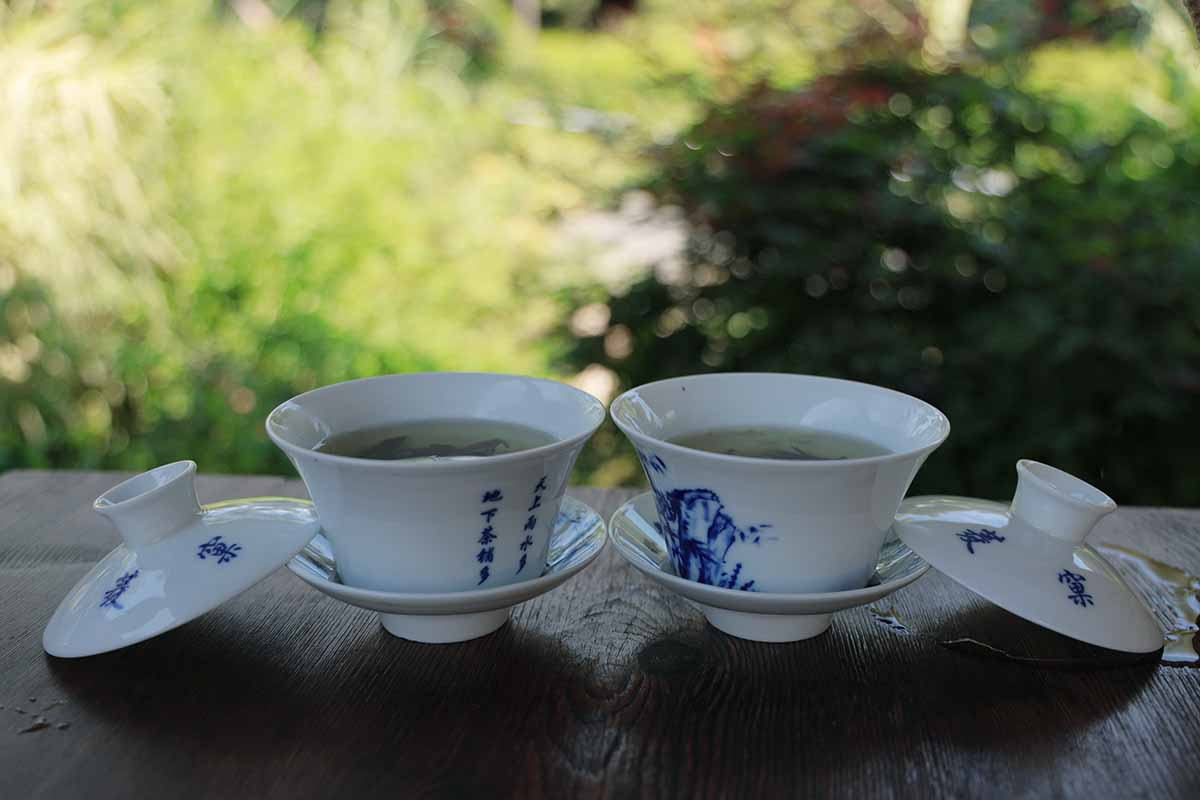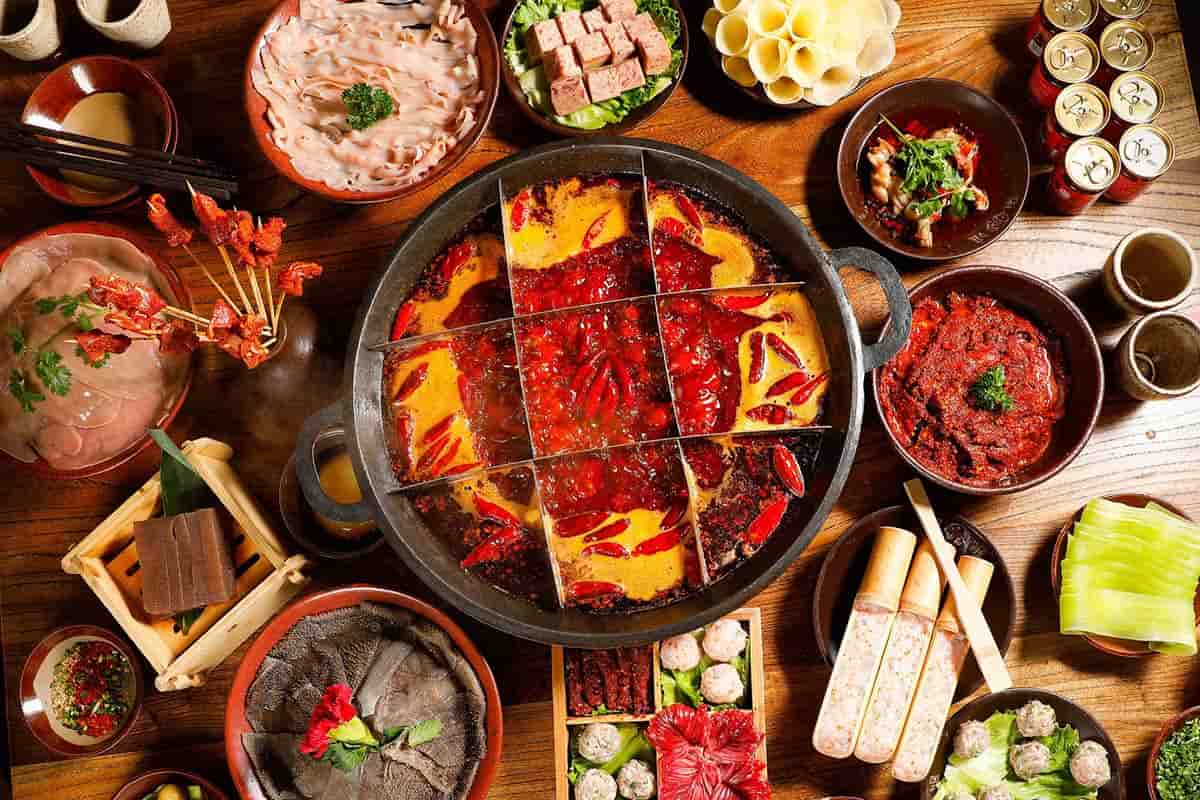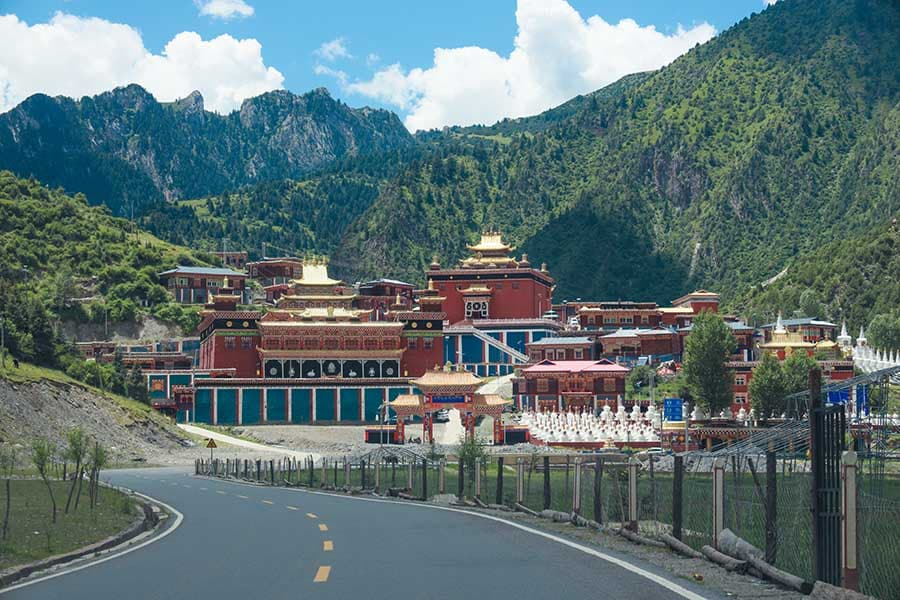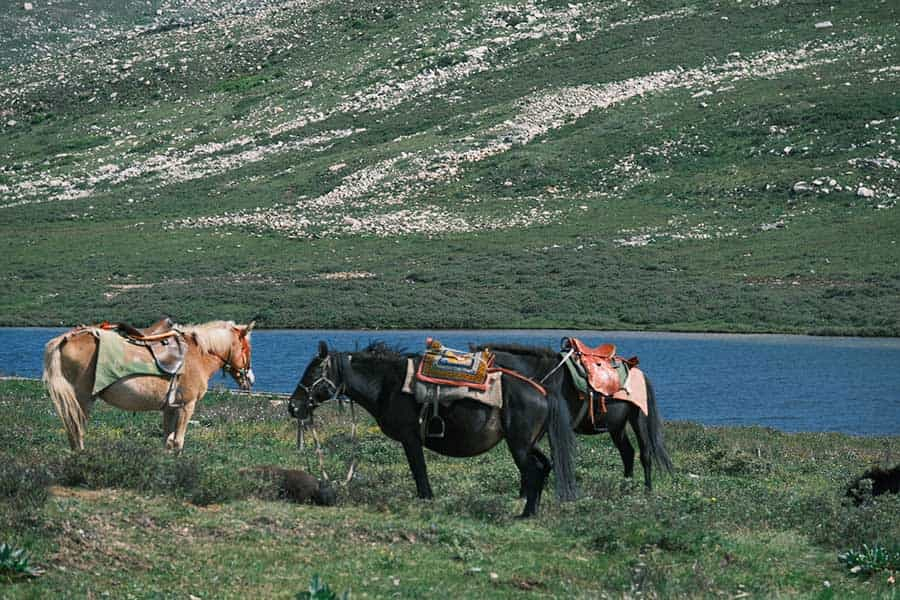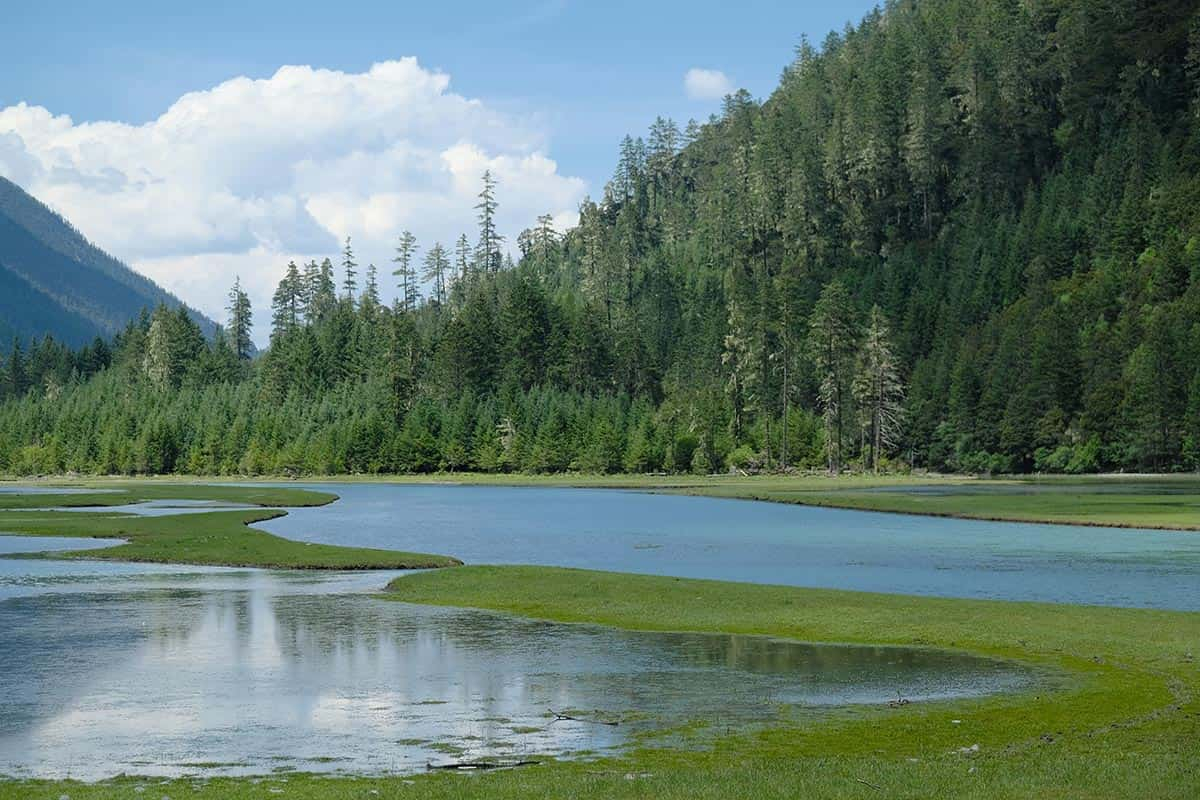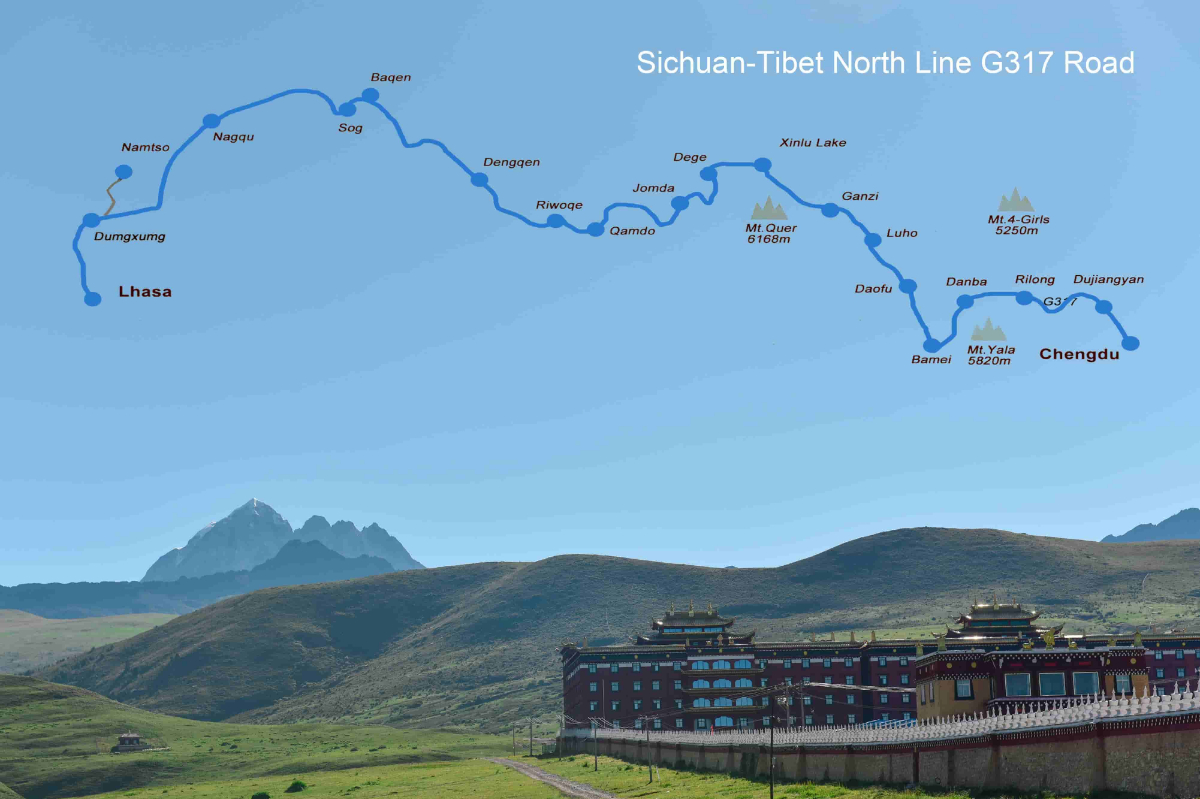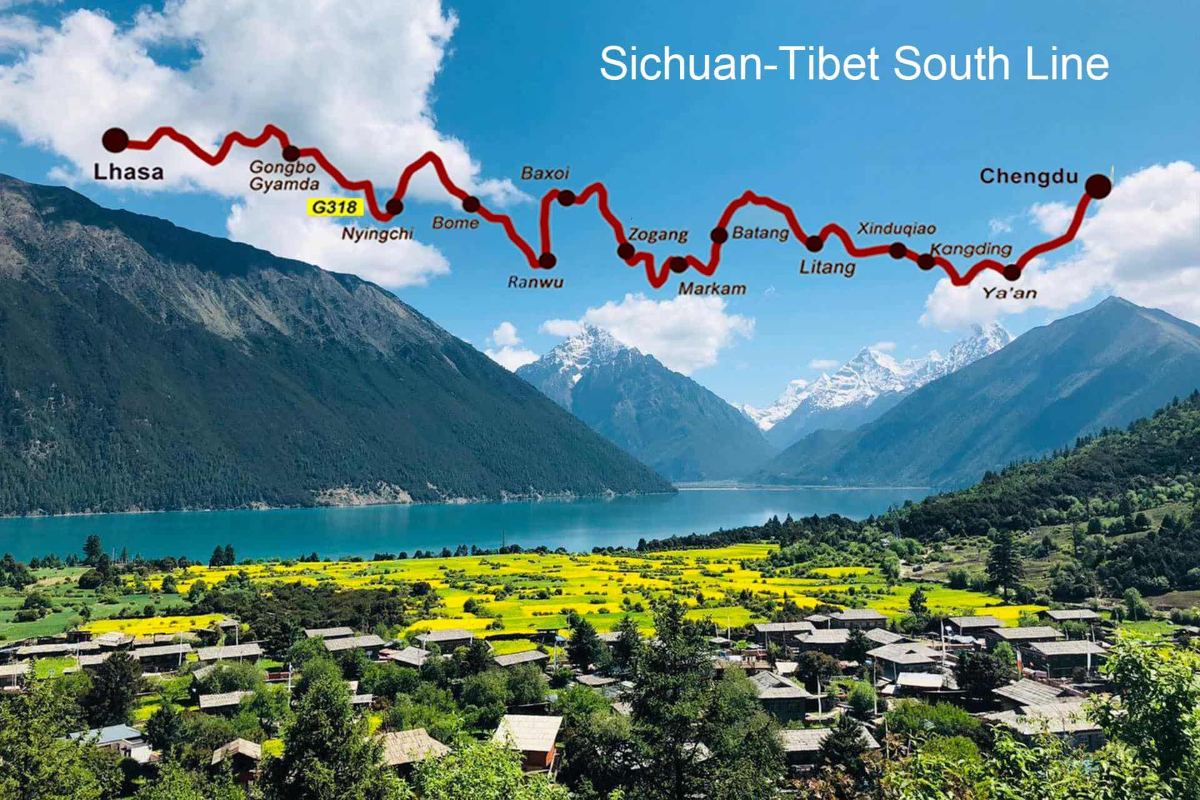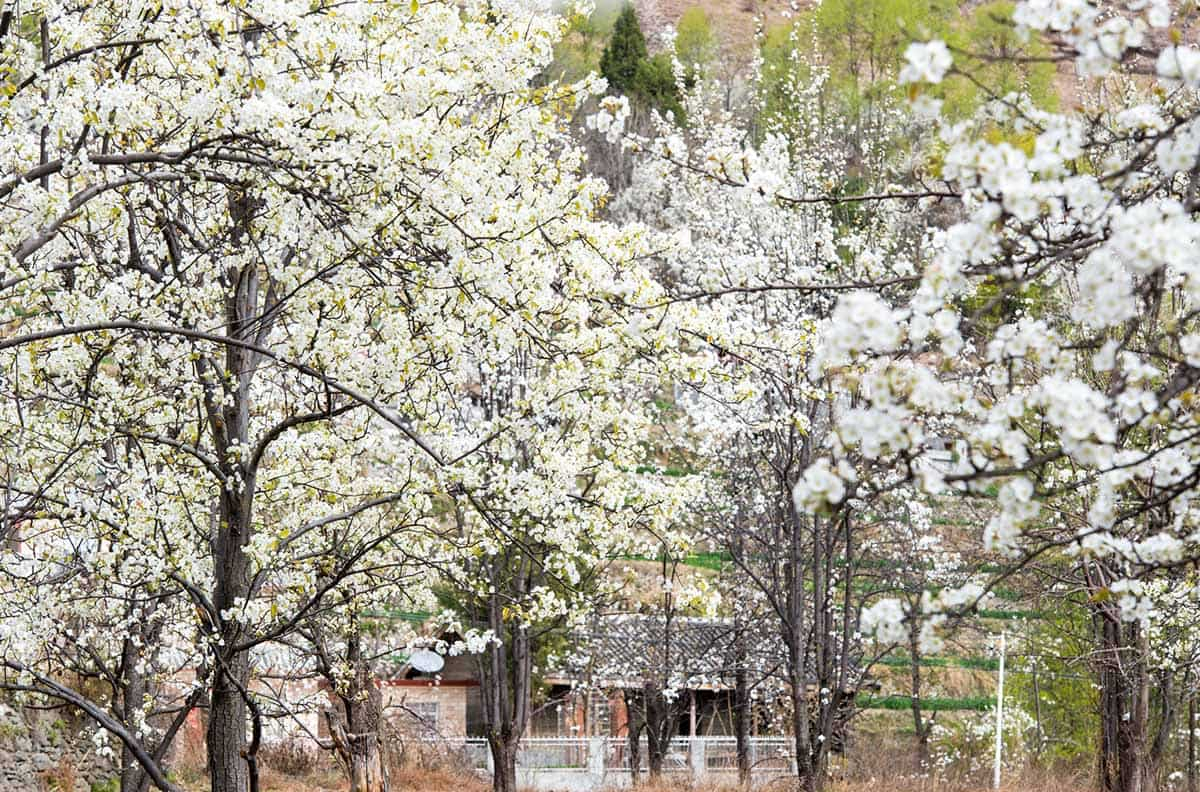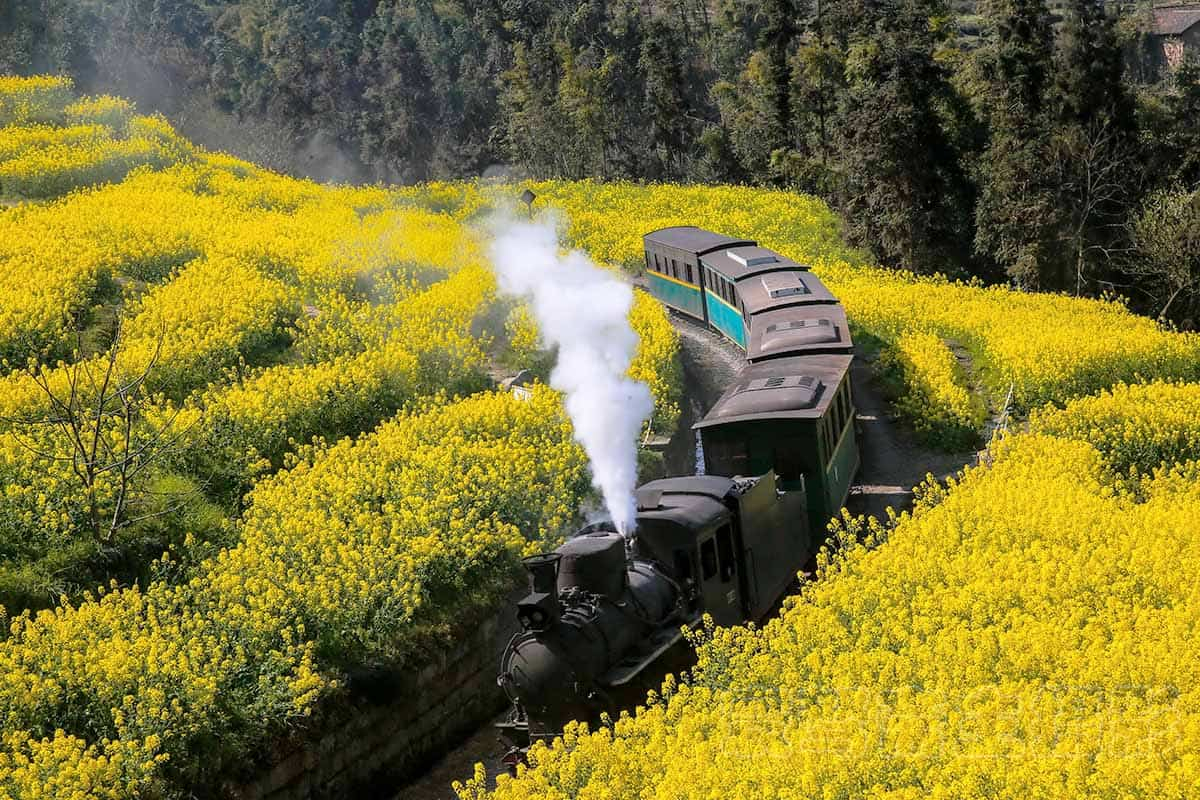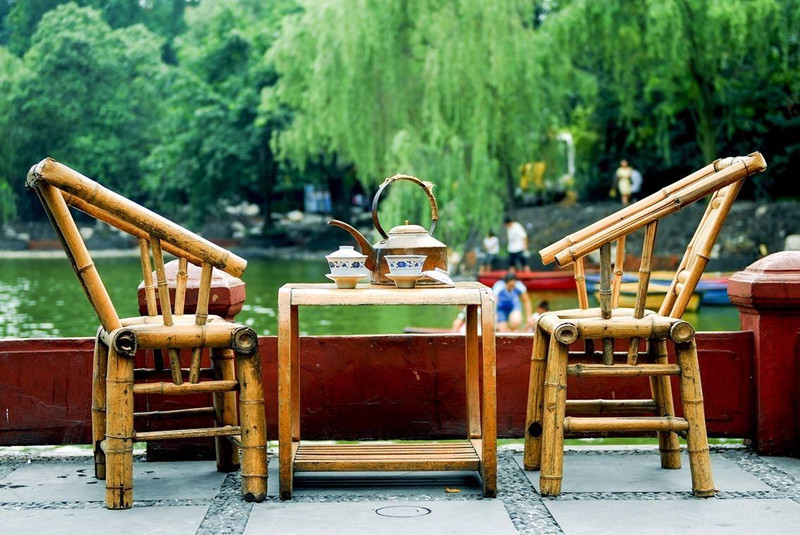Sichuan Ya'an Travel Guide
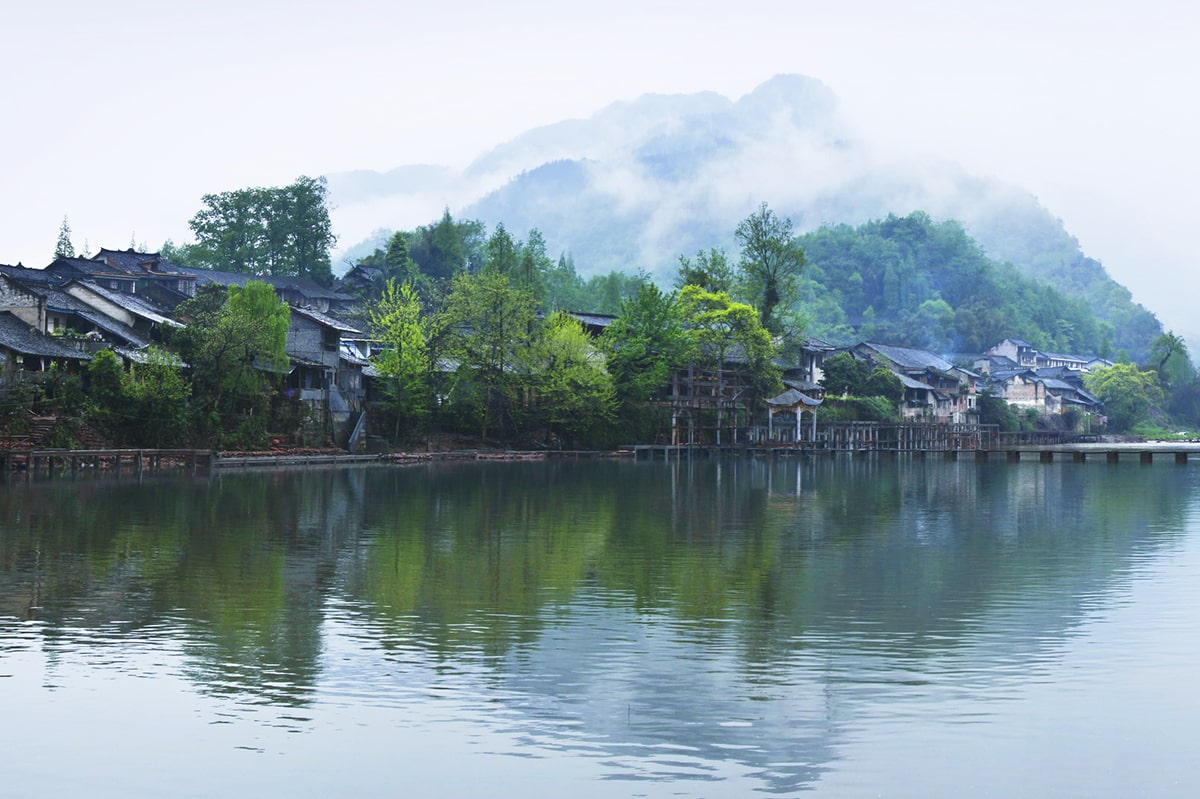
Ya 'an, a prefecture level city in Sichuan Province, is located at the western edge of Sichuan Basin and the eastern foot of Qionglai Mountain, with Chengdu in the east, Ganzi in the west, Liangshan in the south and Aba in the north, 120 kilometers away from Chengdu. It is a mountainous area on the western margin of Sichuan Basin, straddling Sichuan Basin and Qinghai-Tibet Plateau. The climate type is subtropical monsoon humid climate. The city covers an area of 15,046 square kilometers, with 2 districts and 6 counties under its jurisdiction and a permanent population of over 1,43 million.
Ya 'an city is located at the intersection of Sichuan-Tibet and Sichuan-Yunnan highways. It is a transitional zone combining Sichuan Basin and Qinghai-Tibet Plateau which combines Han culture and minority cultures, modern central city and primitive natural ecological zone, the gateway and the only way of the ancient Southern Silk Road, and was once the capital of Xikang Province. It is a famous historical and cultural city and a new tourist city in Sichuan Province, known as the "Rain City" and "Throat of Western Sichuan", "Gateway of Tibet" and "National Corridor".
Ya 'an has a long history, it has been brought into jurisdiction of the Central Plains dynasties in the Pre-Qin period(Paleolithic Period to 221 BC). The history of human activities in the territory can be traced back to the Paleolithic Age. "Fulin Culture" is an important cultural site of the Late Paleolithic period in southern China.
● Local culture~Tea house road
Intangible cultural heritages: technology of sand ware firing, Tibetan tea production technology, traditional making techniques of Mengshan Mountain tea, Lulin school of martial arts.
Ya 'an is the origin of the ancient Tea Horse Road along the south road of China. Mengding Mountain tea was transported into the Tibetan areas through the ancient Tea Horse Road. It was a special commodity for the tea and horse trade between the central government of successive dynasties and ethnic minorities such as Tibetan and Qiang. It became an important link for the Han people to enhance political, economic and cultural exchanges with the Tibetan and Qiang people.
Ya 'an Tibetan tea was introduced into Tibet since the Tang Dynasty(618 to 907) and has been a favorite drink of the Tibetan people. Ya 'an is bordered by Tibetan areas, it is easy to have communication and exchanges between the two areas. From the initial simple barter, it gradually developed into a large scale "trade of tea with horse" and "exchange of tea with land", which gradually formed a very important ancient trade road from Ya 'an in Sichuan province to Lhasa in Tibet. Because the goods transported on this ancient road are mainly Ya 'an's Tibetan tea, it is also known as the Sichuan and Tibet Tea Horse Ancient Road.
● Top things to do in Ya'an
● Mengding Mountain scenic area covers a total area of 54 square kilometers, with a core area of 15 square kilometers. It is the birthplace of the world tea culture, the holy mountain of the world tea culture and the national 4A level tourist attraction. It is a scenic spot integrating tea culture, Buddhism culture, Taoism culture and sacrificial culture. Mengding Mountain is one of the three famous historical and cultural mountains in Sichuan Province, as famous as Emei and Qingcheng Mountain.
● Bifengxia Gorge is a national 4A level scenic spot, which is a canyon type natural scenic spot composed of sandstone, conglomerate and mudstone. Bifengxia Gorge scenic spot is composed of two "V" shaped canyons, the left canyon is 7 kilometers long, the right canyon is 6.5 kilometers long, the gorge is 30-70 meters wide and 100-200 meters high. The scenery is beautiful. The forest coverage rate is more than 90%, has the reputation of “Lung of Sichuan".
● Shangli Ancient Town is a famous historical and cultural town in Sichuan Province and one of the top ten ancient towns in Sichuan Province. It is a tourist resort integrating sightseeing, leisure and vacation. The core area of the town covers an area of 0.7 square kilometers. Surrounded by two rivers, the town is backed by mountains, facing the countryside with wooden houses forming "井" shaped streets. There are still ancient streets, ancient dwellings, ancient courtyards, ancient stage, stilted buildings, stone roads and stone arch bridge in the town. Forest, ancient trees, streams, ancient bridges, old streets and ancient buildings of Ming and Qing dynasties.
● Niubei Mountain is a branch of the Erlang Mountains, watershed of Qingyi and Dadu rivers, the top of which is 3,660 meters above sea level. Surrounded by mountains on all sides, the unique geographical form of protruding in the middle makes it gain the reputation of "the largest viewing platform in China" with a full range of 360 degrees and an excellent photography sanctuary, the same as Dawagenza Mountain.
● Ya'an Transportation
Railway: The Chengdu-Ya’an section of Sichuan-Tibet Railway has been put into operation on December 28, 2018. It is about 1 hour from Chengdu to Ya’an to Leshan.
Highway: There are 2 highways from Chengdu and Leshan. It is about 140km/2 hours to Chengdu and 110km/1.5 hours to Leshan.
● Ya'an Weather
The climate type of Ya 'an city is sub-tropical monsoon humid climate, mostly in the low latitude zone. Although the landscape is mainly mountainous, most of the elevation is below 1,500 meters, the relative height is mostly within 1,000 meters, so there is little difference in vertical variation. Where the monthly average temperature is below 0℃, only a few mountains above 2000 meters are above sea level. The average annual temperature of Zhougong Mountain, 1,744 meters above sea level, is more than 14℃. The relative humidity is large, the sunshine is less, compared with the cities in the subtropical monsoon region at the same latitude in China, it is the city with the farthest distance from the sea, the smallest temperature difference and the most precipitation.
- HOTEST
- RECOMMEND
